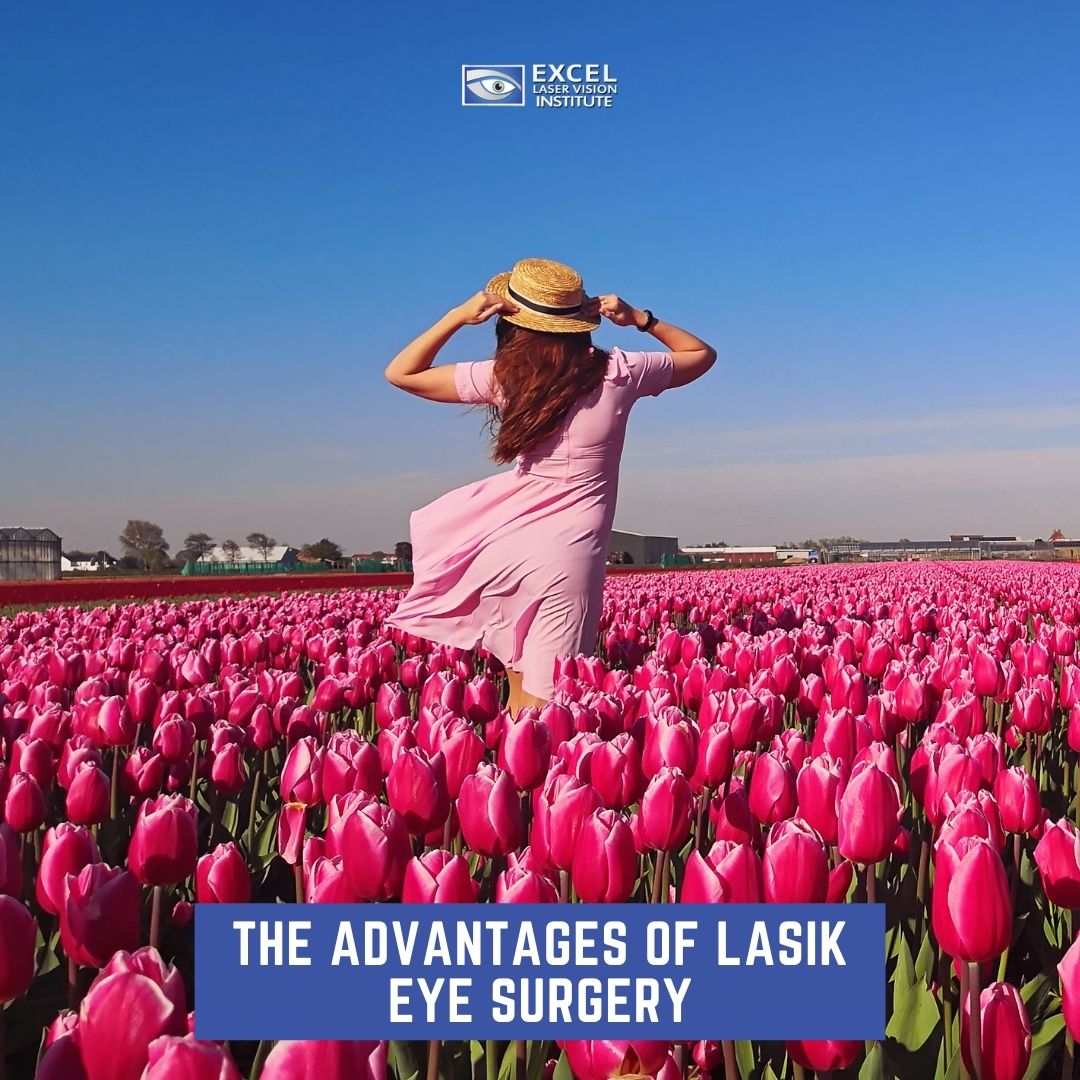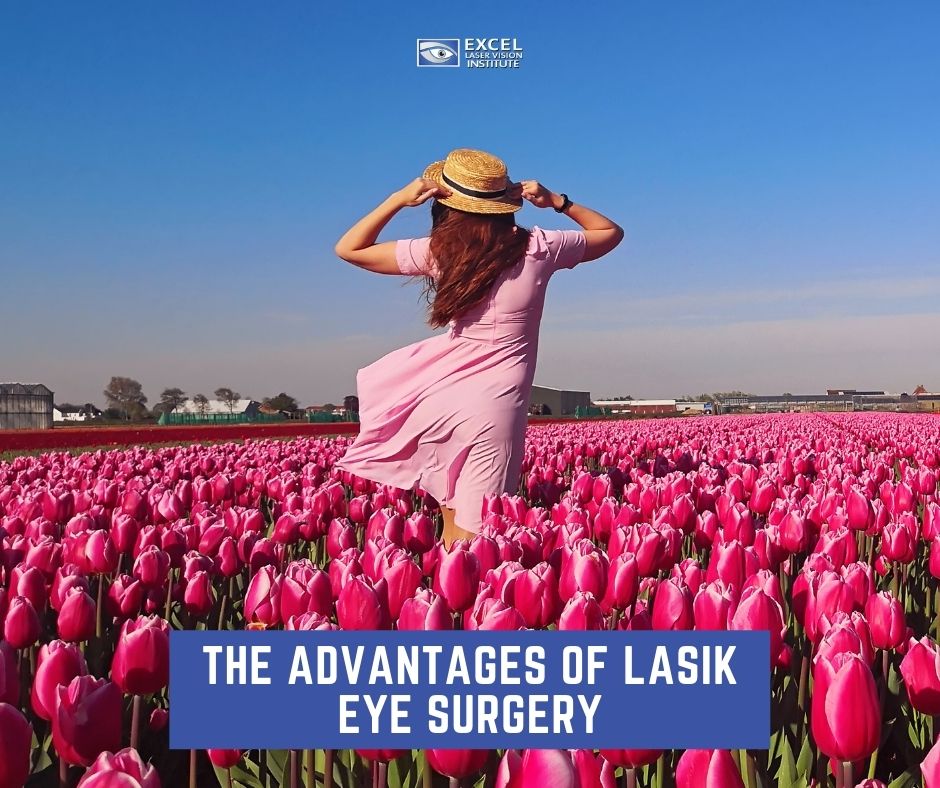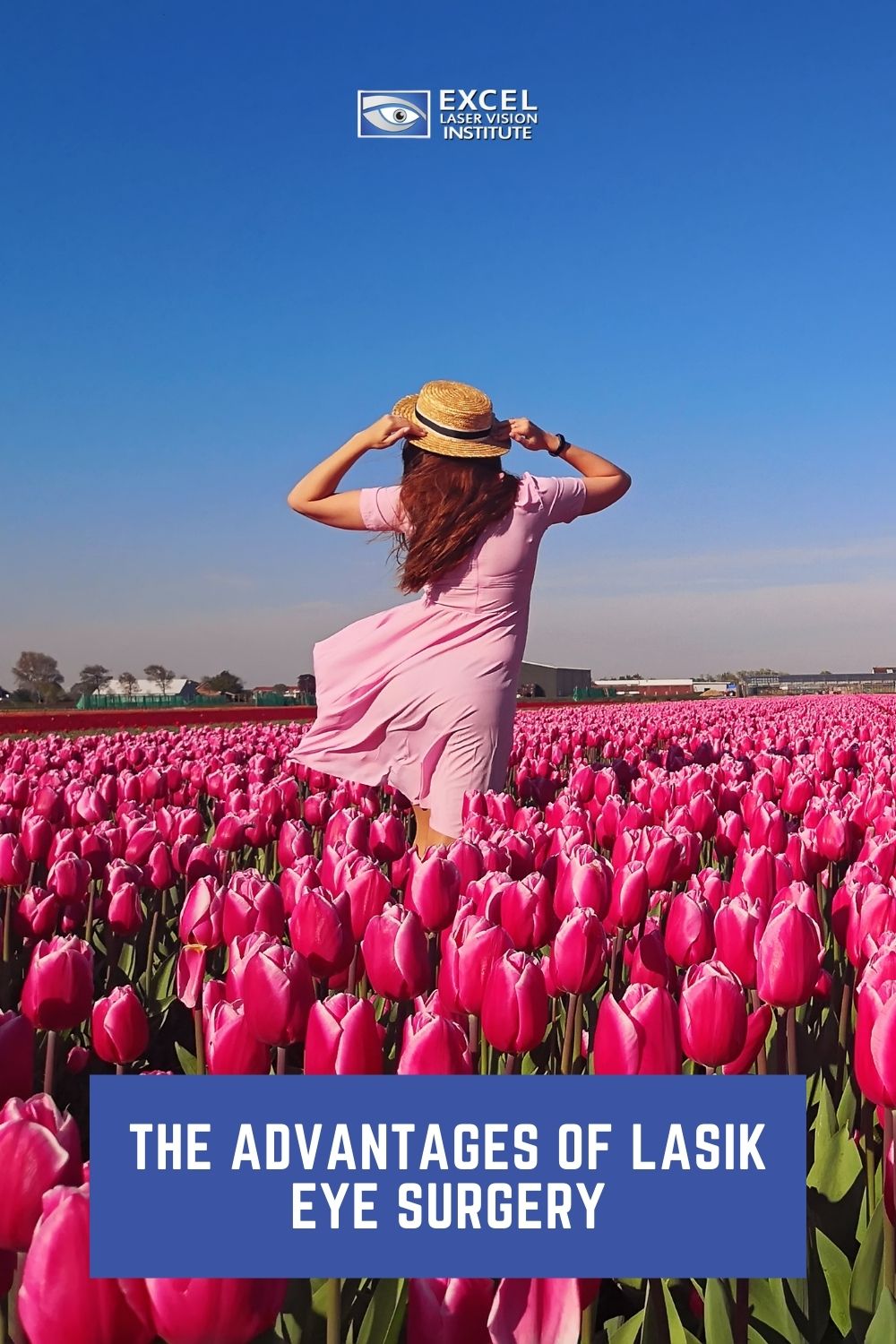
LASIK is short for laser in-situ keratomileusis; an eye surgeon performs this refractive surgery at LASIK Los Angeles to correct a patient’s vision problems, including farsightedness, nearsightedness, and astigmatism. Normally, surgeons perform LASIK surgery by cutting across the cornea to raise the flap of tissue and reshaping it.

Over the years, LASIK has increased in popularity because of its many advantages. Many of those who get LASIK end up having successful results!
What are Refractive Vision Problems and Why Do They Happen?
When the eye looks at an object, light enters the eye and passes through the cornea. The cornea contains the natural lens of the eye, which is responsible for refracting the light so that it hits the retina at the back of the eye properly. The retina is the part of the eye that focuses light and sends messages to the brain to help us understand what we are seeing. Nevertheless, when the light is refracted improperly, it doesn’t focus on the retina the right way, resulting in blurred vision.
Refractive problems include:
Myopia: This is nearsightedness that is brought about by a steeper cornea.
Hyperopia: Occurs with far-sightedness and is caused by a cornea that is too flat.
Astigmatism: This is when the cornea is shaped similarly to a football than a soccer ball, and so the light refracts incorrectly.
Presbyopia: A condition that occurs with age and results in changes within the make-up of the natural lens, which causes refractive errors to happen.
What is Laser Vision Correction Surgery?
Laser vision correction is a way of fixing refractive vision issues using state-of-the-art laser technology. It has advanced drastically within the last few decades and is now safer and more precise than it ever was before.
LASIK makes it possible to map the patient’s cornea with exceptional precision, using this information to plan and carry out corneal reshaping. It has a very high success rate as well, and many patients find that they depend on eyeglasses or contact lenses a lot less, if at all.
What is LASIK?
LASIK involves the use of laser technology that cuts a very thin, square flap into the outer layer of the cornea. The eye surgeon then changes the shape of the layers underneath to repair the imperfections in curvature that are causing the distorted vision.
A LASIK procedure is very unique since it is the only laser vision correction that uses the flap technique to perform the changes to the cornea.
Once the necessary corrections to the lower layers of the cornea have been performed, the flap is replaced and left to heal naturally without the need for sutures.
What are the Advantages of LASIK?
Fortunately, LASIK has many benefits, and one of those is that it corrects vision. About 96% of patients will achieve their desired vision after a LASIK procedure. Getting an enhancement can further increase this figure.
LASIK is linked to very little pain since LASIK surgeons use numbing drops prior to the surgery. Normally, patients experience corrected vision almost immediately afterward or the very next day after LASIK.
Also, there is no need for bandages or stitches after LASIK, and adjustments can be performed years after LASIK to further correct vision if vision changes while a person ages.
After a LASIK procedure, many patients have a drastic reduction in eyeglasses or contact lens reliance, and many patients no longer require them.
Here are some other advantages of LASIK:
Better Vision
The number one reason why people do LASIK in the first place is to gain improved vision. Although there are no guarantees that you will achieve perfect eyesight after the procedure, about 96% of patients who opt for LASIK have 20/20 vision. Individuals who feel their vision has dramatically improved find that their dependence on eyeglasses and contact is greatly reduced.
Safety
Despite the fact that no procedure is completely risk-free, laser vision correction is now safer than ever before. However, the flap technique does provide opportunities for some complications, which will be explained down below.
Quick Healing
Most of the time, patients usually ask about how quickly they can expect to heal after a LASIK procedure. The healing time after a LASIK procedure is typically about 24 to 36 hours unless there are any complications that come about from the placement of the flap. Also, there is no need to wear uncomfortable bandages. Because of this, a person can return to work and drive with very minimal downtime.
Lets You Do More Activities
Sometimes having poor vision can stop you from being part of a sports team, joining the military, or any profession that requires good eyesight. Going through LASIK eye surgery will let you do what you always wanted to do but couldn’t because of poor eyesight since LASIK can correct and significantly improve your vision.
Also, once your eyesight improves with LASIK, you can participate in activities you used to think were never possible such as swimming, cycling, skydiving, and many others. LASIK eye surgery can help you broaden your horizons, go on new adventures, and have better career opportunities.
What are the Disadvantages of LASIK?
Although there are many advantages to LASIK, there are a few disadvantages of the procedure that you should be aware of.
Flap Complications
When the lower layers of the cornea have been reshaped, the flap will be placed back over the lens. Still, the flap is very delicate and thin, and the process is complicated. So, there could be the risk of the following complications:
- The flap becomes displaced.
- The flap wrinkles up, causing distorted vision.
- Debris gets trapped under the flap
- The flap breaking or being incomplete in some manner.
Before you decide on a LASIK Los Angeles procedure, make sure you talk to a medical professional who specializes in this sort of treatment. At Excel Laser Vision Institute, we provide free consultations, which you can book here. Or else, you can call us on (310) 905-8622 to book an appointment with us.




